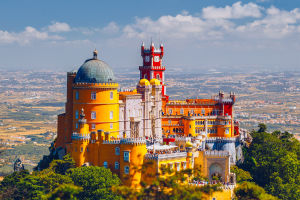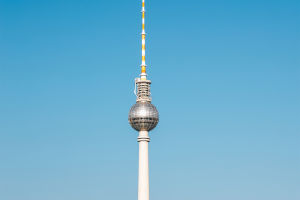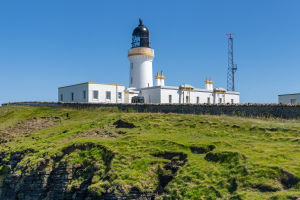Welcome, Lykkers! Today, we're exploring South Korea, a captivating blend of ancient traditions and cutting-edge technology.
From bustling metropolises to serene temples, and mouthwatering street food to tranquil nature reserves, South Korea offers an unforgettable journey. Let's dive into the heart of this fascinating country!
How to Get There
From New York:
By Air: Direct flights from JFK to Incheon International Airport take about 14-15 hours and cost approximately $800-$1200 round-trip.
From Los Angeles:
By Air: Direct flights from LAX to Incheon International Airport take about 13-14 hours and cost around $700-$1000 round-trip.
Moving Around South Korea
Public Transportation:
Seoul Metro: Extensive subway system covering Seoul and surrounding areas. Single journey tickets cost ₩1,350-₩2,150 (approx. $1-$2).
KTX (Korea Train eXpress): High-speed rail network connecting major cities. Seoul to Busan takes about 2.5 hours and costs ₩59,800 (approx. $50).
T-Money Card:
Rechargeable transportation card usable on buses, subways, and taxis across the country.
Initial cost: ₩4,000 (approx. $3.50) plus desired balance.
Where to Go and What to See
1. Gyeongbokgung Palace
Gyeongbokgung, the largest of Seoul's Five Grand Palaces, offers a glimpse into Korea's royal past. Built in 1395, it served as the main palace of the Joseon dynasty. The palace grounds house the National Palace Museum of Korea and the National Folk Museum, making it a comprehensive cultural experience.
Address: 161 Sajik-ro, Jongno District, Seoul, South Korea
Cost: ₩3,000 (approx. $2.50) for adults
2. Jeju Island
Known as the "Hawaii of South Korea," Jeju Island boasts stunning natural beauty with its volcanic landscapes, pristine beaches, and lush forests. Don't miss the iconic Seongsan Ilchulbong Peak, a UNESCO World Heritage site, and the mysterious Manjanggul Cave, one of the world's largest lava tubes.
Address: Jeju-do, South Korea
Living Like a Local
1. Gwangjang Market:
One of Seoul's oldest and largest traditional markets, Gwangjang is famous for its street food and textiles. Try local delicacies like bindaetteok (mung bean pancakes) and mayak gimbap (Mini Gimbap or Kimbap).
Address: 88 Changgyeonggung-ro, Jongno District, Seoul, South Korea
Cost: ₩3,000-₩10,000 (approx. $2.50-$8.50) per dish
2. Jjimjilbang Experience:
Immerse yourself in Korean culture at a traditional bathhouse and sauna. Siloam Sauna in Seoul offers a variety of facilities including hot tubs, saunas, and relaxation rooms.
Address: 49, Jungnim-Ro, Jung-gu, Seoul
Cost: ₩12,000 (approx. $10) for adults
Accommodation Options
1. Shilla Stay Gwanghwamun:
A modern hotel in the heart of Seoul, offering comfort and convenience for exploring the city.
Cost: From ₩120,000 (approx. $100) per night
2. Hanok Stay (Traditional Korean House):
For a unique experience, try staying in a hanok. Bukchon Hanok Village offers several guesthouses.
Cost: From ₩80,000 (approx. $70) per night
Useful Tips and Guidance
Etiquette: Respect local customs, such as removing shoes before entering homes or certain restaurants.
Wi-Fi: South Korea has excellent internet coverage, with free Wi-Fi available in many public areas.
Language: While English is widely spoken in tourist areas, learning a few basic Korean phrases can be helpful.
Tipping: Service charges are usually included in bills.
Seasonal Considerations: Spring (March-May) and Fall (September-November) offer pleasant weather and beautiful scenery.
Embark on your South Korean adventure with an open mind and a hearty appetite. From ancient palaces to futuristic cityscapes, this diverse country promises an enriching experience. Happy travels!


